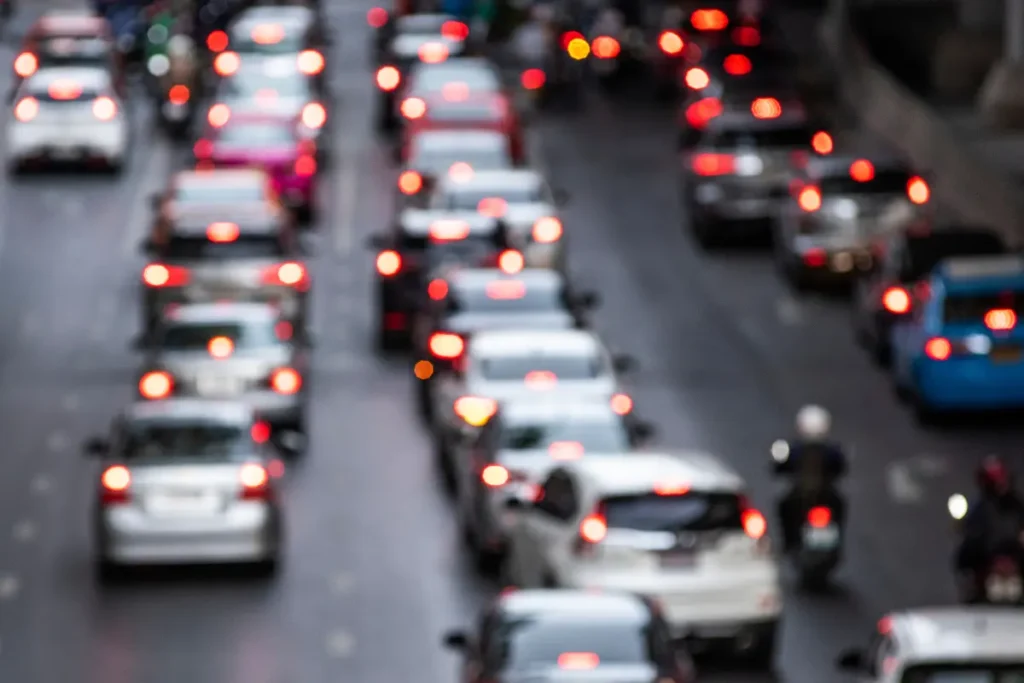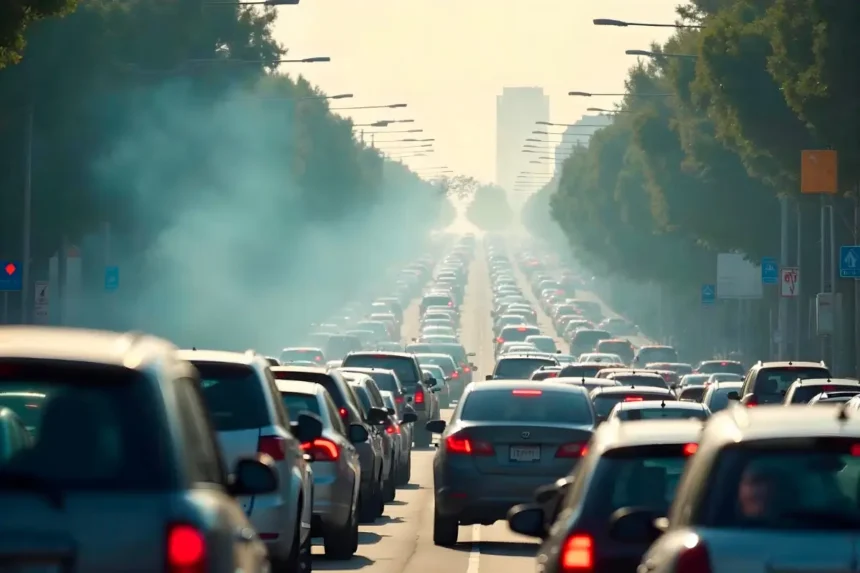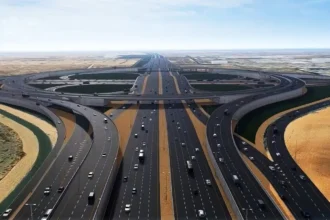November 16, 2025 | Dubai, UAE: In an important step to make the roads safer, the UAE has increased the punishment with the new UAE traffic fines in terms of its restructured traffic law, such that a lackadaisical crossing of a highway or a high throughway is now associated with a much greater cost with the new UAE Traffic fines. Other reforms include tightening of the regulations, among other things, which reaffirm the country’s intentions of curbing the number of accidents involving pedestrians.
Effectively, the debate on UAE traffic fines is no longer on wrongful driving of vehicles, but it has moved squarely to human behaviour as well.
At the beginning of this year, about 44,000 cases of jaywalking were listed in Dubai alone, and eight cases of pedestrian deaths in run-over cases were documented.

Having that sort of statistics in mind, the federal government adopted Federal Decree -Law No. 14 of 2024 (on traffic regulations) that came into force on March 29, 2024, which reinforced the regulation of both pedestrians and drivers.
What Has Changed for the UAE Traffic Fines
The crossing of the road across undesignated areas has been specifically targeted by the new law and the implementation of UAE traffic fines. Any pedestrian or a person on a cycle, e-scooter, or other personal transport should not stop in the middle of the road or cross it outside areas. Such an act by a pedestrian in a cross-road is very severe, and the consequences are much tougher as explained by the law.
In the past, just crossing through an undesignated place was fixed UAE traffic fine amounting to Dh400. Under the new law:
In case an individual enters the non-designated zone and is involved in a traffic accident, he or she can be sent to prison and fined between Dh5,000 and Dh10,000.
The fines in the areas with the speed limit 80 km/h or more are another notch higher: the violator can be liable (criminally or civilly), and he/she will at least face 3 months of imprisonment and a fine of Dh10,000 or greater.
These alterations and UAE traffic fines are indicative of a larger transformation in the attitude of the UAE towards the enforcement of road safety: these are not only drivers that are now scrutinized, but pedestrians as well, and there seems to be the opinion that everyone on the road has their responsibility and can contribute to the situation.
Why the Crackdown Matters
The rationale of the UAE traffic fines is easy to understand: the risk of crossing the roads other than at designated points is severe, particularly when it comes to high-speed roads. It is quite evident that the authorities assume that harsher punishments will be a deterrent and that more people will want to comply, and eventually, the number of injuries and deaths will be reduced.

It has been argued that heavier fines are one of the means used in a range of other safety measures, given that thousands of cases of jaywalking have been documented.
In addition to that, the legislation introduces pedestrian behaviour as part of the all-traffic ecosystem as opposed to their status as passive road-users. By subjecting them to the traffic law clearly, the UAE traffic fines will harmonize the responsibility of pedestrians with that of motorists and other users of vehicles.
Key Notes for Pedestrian Safety
In case you are a resident or a visitor to the UAE, the following are some of the practical measures that could be taken to prevent falling prey to the new regulations, and more importantly, to assist in safeguarding personal safety:
- Always cross the road at the pedestrian crossings or footbridges when there are, and not at places that are not designed.
- At zebra crossings or signalised crossings: do not be distracted by your phone or headphones, keep an eye on the oncoming vehicles.
- Always look at the drivers first, before getting off the curb, and only then when there is no traffic and the traffic is at rest.
- During the night or in low-light places, light-colored or reflective material should be used to enhance visibility.
- In case there is no pavement, walk with oncoming traffic to enable you to see vehicles.
A Compromise Position: Strictness and Facilities.
One side of the safety coin entails the imposition of strict penalties and the UAE traffic fines. The other one is infrastructure and public awareness, which is the provision of safe crossings, footbridges, proper lighting, and educating the people about best-practice behaviour. The UAE already has footbridges, intelligent pedestrian crossings, and other amenities that would make crossing safer.
Some might suggest that the monetary penalties and possible jail time in case of jaywalking are severe, especially in comparison to the conventional notions of pedestrian behaviour, the authorities of the UAE seem to be sending a message that safe mobility belongs to everyone, and everyone using the road network has to comply with the regulations.
The application of UAE traffic fines has increased systematically through the application of pedestrians along with vehicles, following the new regulations. This strategy will be successful in case it is enforced regularly, infrastructure is in place, and people know of its advantages. Should the outcome be fewer incidents and deaths among pedestrians, then the stricter fine regime can indeed be effective.

To any pedestrian in the UAE: crossing roads should be taken as seriously as driving, and one should be careful and use the proper facilities. Since nowadays the price of the wrong cross is not only a fine, it may amount to thousands of dirhams and criminal responsibility.
Read: Al Aweer Market completely transforms with New Barrierless Parking in Dubai
















